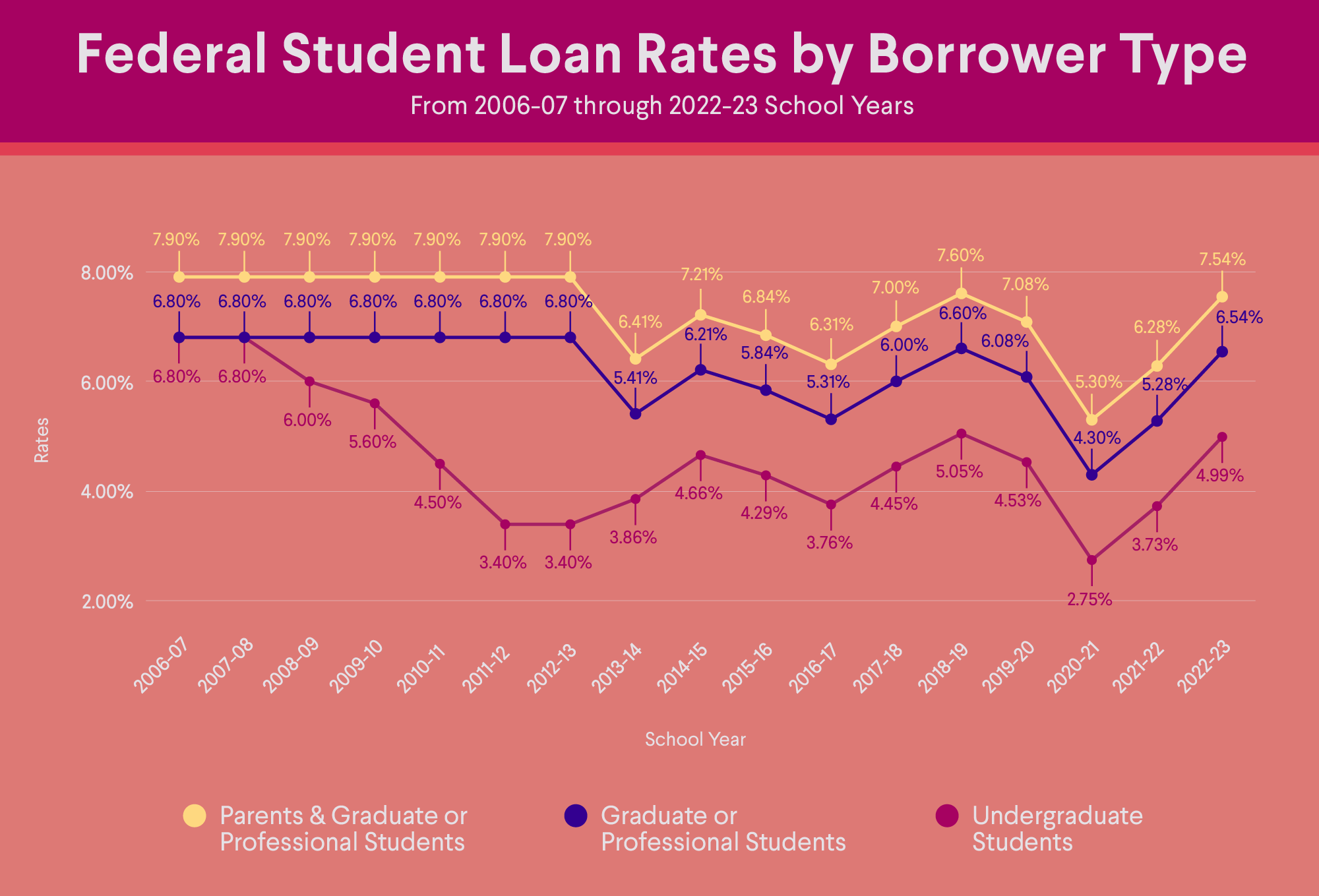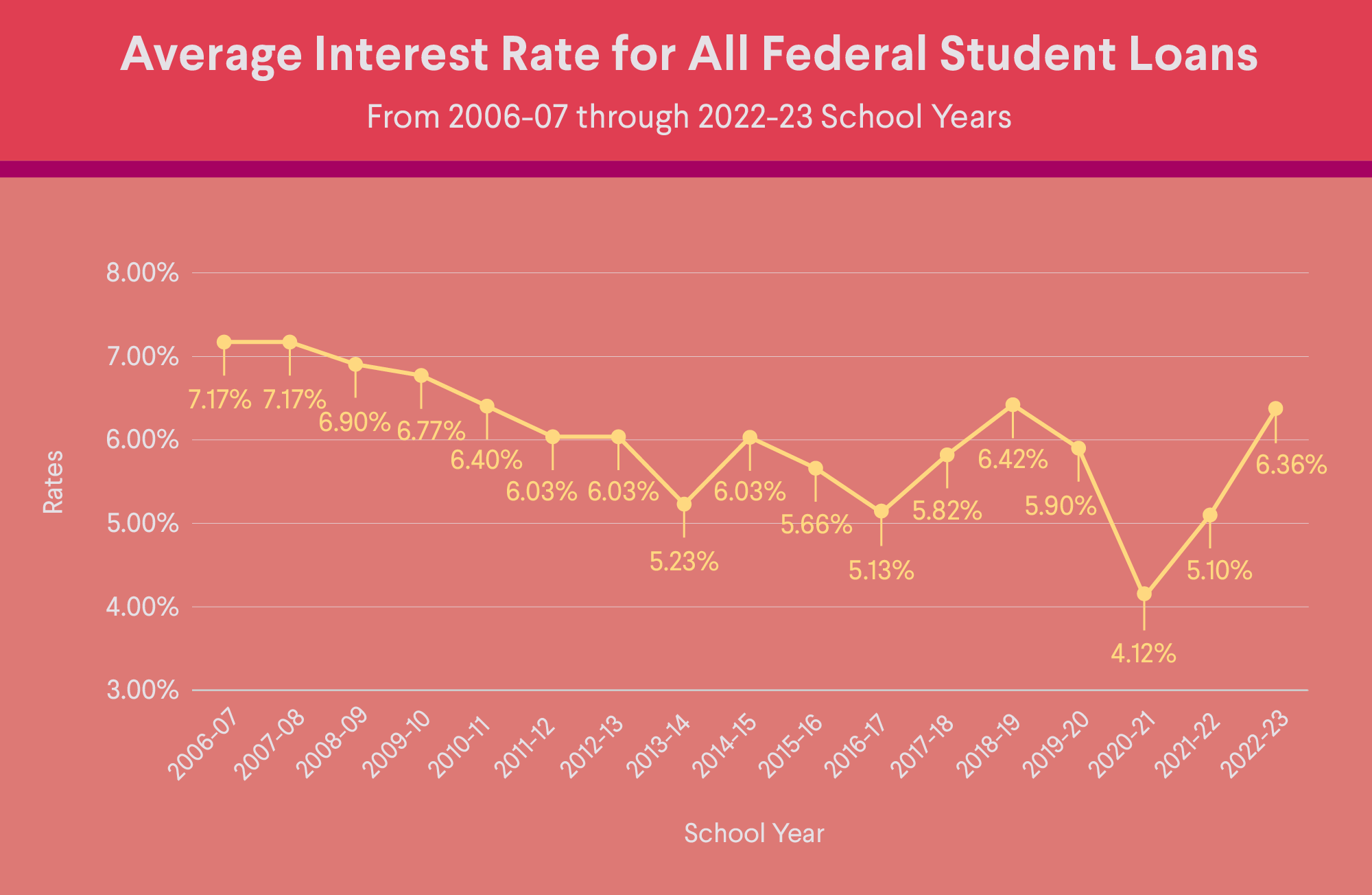How to Pay for Medical School
Medical school is an academically rigorous undertaking. Finding a way to pay for medical school can be another added challenge. Keep reading for more insight into how to pay for medical school.
What Is Medical School?
Medical school is typically a four-year educational program that leads to graduating students receiving an M.D., D.O. or N.D. degree. After medical school, graduates will generally continue onto a medical residency in the specialty of their choice.
Different Types of Medical School
There are three main types of medical school: allopathic, osteopathic, and naturopathic. All of these programs prepare students for careers as doctors, but they have different academic credentials. Let’s take a closer look at each of these programs.
Allopathic Medical School
Allopathic medicine is also known as conventional or traditional medicine. Allopathic medical schools provide students with a traditional curriculum and approach to medicine. Allopathic doctors rely on traditional methods such as x-rays, prescriptions medications, surgery to treat and diagnose an illness or medical issue, and treating an illness. If a student graduates from an allopathic program, they’ll receive a Doctor of Medicine (M.D.) degree.
Osteopathic Medical School
Osteopathic schools also cover standard medical sciences and practices but supplement those lessons with training on providing touch-based diagnosis and treatment of different health problems. Osteopathic doctors often take a more holistic approach to patient wellness and treatment. Students who attend an osteopathic medical school will end up with a Doctor of Osteopathic Medicine (D.O.) degree.
Naturopathic Medicine School
Naturopathic physicians (ND) or doctors of naturopathic medicine (NMD) attend naturopathic medical school where they study a similar science curriculum as they do in allopathic medical school. The difference with this program is, naturopathic students also study psychology, nutrition, and select complementary therapies such as homeopathy.
Recommended: Average Cost of Medical School
Financing Medical School
The cost of medical school is on the rise and finding a way to finance medical school can be a daunting task. There are quite a few options for medical students to get help doing so. From taking out student loans for medical school to gift aid, students have options.
Scholarships & Grants
A little bit of free money can really come in handy when a student has to pay for medical school and can help students avoid taking on more debt from medical school than they need to. Students can apply for need-based grants and merit scholarships through their medical school or outside sources. Their school’s financial aid office can walk them through their options.
Medical associations and nonprofit organizations also tend to have financial aid, grants for college, and scholarships that medical students can apply for. Again, a school’s financial aid office can help point medical students in the right direction, but they won’t know of every gift aid opportunity available outside of their school, so students may want to do their own research.
The following associations generally offer scholarships and grants for medical students.
• American Medical Association. This professional group provides financial support through scholarship opportunities, as well as general support for medical students looking to learn more about how to pay for medical school and to prepare for residency.
• American Medical Women’s Association. Medical students can peruse this association’s list of more than a dozen different scholarships, awards, and grants that they may be eligible to apply to.
• American Podiatric Medical Association. Every year, the American Podiatric Medical Association gives out more than $200,000 worth of grants and scholarships.
Federal Student Loans
Medical students can apply for federal financial aid, including federal student loans, by <completing the Free Application for Federal Student Aid (FAFSA®). Medical students may qualify for three types of federal loans after they complete the FAFSA. The FAFSA may also qualify students for financial aid such as scholarships and grants from their state or school (if available).
• Federal Direct Unsubsidized Loans. Also known as Stafford Loans, Federal Direct Unsubsidized Loans allow students to borrow money unsubsidized. When a loan is unsubsidized, this means that the borrower is responsible for paying all of the interest on the loan.
• Federal Direct Graduate PLUS Loans. If a student still needs help financing medical school after taking out a Federal Direct Unsubsidized Loan, they can take out a Federal Direct Graduate PLUS Loan, which is also unsubsidized. These loans tend to have a higher interest rate than Federal Direct Unsubsidized Loans do and are credit-based.
• Health Resources and Services Administration (HRSA) Primary Care Loan. Medical students with financial need, and who can demonstrate it, may qualify for this school-based program that offers a few different types of loans for medical students. Not all medical schools participate in this program, but students can check with their school’s financial aid office to see if their school does take part in it.
Recommended: Types of Federal Student Loans
Private Student Loans
After applying for federal student loans, students may be interested in supplementing their federal support with private medical school loans. Generally, private student loans for medical school are available through banks or credit unions. How much a student will pay in interest for a private student loan will depend on what their credit history is, amongst other factors. There are private student loans available at fixed and variable interest rates.
While private student loans can be a helpful option for borrowers, they don’t always offer the same borrower protections as federal student loans — such as income-driven repayment plans or the opportunity to pursue Public Service Loan Forgiveness. Because of this, students generally resort to private student loans only after depleting all other financing resources.
Recommended: Private Students Loans vs Federal Student Loans
SoFi’s Private Student Loans
SoFi is also a provider of private student loans that can be used to pay for medical school. To apply, students don’t even need to leave their house. The application is done entirely online and it only takes a few minutes to apply, even if the student applies with a cosigner.
To make financing medical school less stressful, borrowers can repay their SoFi student loans in a way that works for them by choosing a monthly student loan payment and rate that fits their budget.
Borrowers never have to worry about fees because SoFi’s student loans are fee free. SoFi also offers borrower’s a six-month grace period after graduation so that they have time to get settled in their new job as a doctor before they need to start making monthly loan payments.
The Takeaway
Between scholarships, grants, and medical school student loans, medical students have some decent options at their disposal for financing medical school. While there’s no denying that medical school can be a stressful time in a person’s life, hopefully all of the hard work and sacrifices will lead to a fulfilling and rewarding career.
FAQ
What is the best way to pay for medical school?
If a student can secure scholarships and grants, that’s the best way to pay for medical school. Unlike student loans which must be paid back, gift aid is free money that medical students won’t have to pay back after graduation.
How do you get medical school paid for?
Medical students can apply for scholarships and grants to help cover the cost of medical school. After applying gift aid, students can take out federal or private student loans to cover the remaining costs of attending medical school. Paying in cash is also an option, but one that is understandably not within reach for a lot of people.
Is it hard to get loans for medical school?
There are both federal and private student loans available to medical students, so they generally have plenty of options that make it possible to get a loan for medical school.
About the author
Photo credit: iStock/FatCamera
SoFi Loan Products
SoFi loans are originated by SoFi Bank, N.A., NMLS #696891 (Member FDIC). For additional product-specific legal and licensing information, see SoFi.com/legal. Equal Housing Lender.
SoFi Private Student Loans
Please borrow responsibly. SoFi Private Student loans are not a substitute for federal loans, grants, and work-study programs. We encourage you to evaluate all your federal student aid options before you consider any private loans, including ours. Read our FAQs.
Terms and Conditions Apply. SOFI RESERVES THE RIGHT TO MODIFY OR DISCONTINUE PRODUCTS AND BENEFITS AT ANY TIME WITHOUT NOTICE. SoFi Private Student loans are subject to program terms and restrictions, such as completion of a loan application and self-certification form, verification of application information, the student's at least half-time enrollment in a degree program at a SoFi-participating school, and, if applicable, a co-signer. In addition, borrowers must be U.S. citizens or other eligible status, be residing in the U.S., and must meet SoFi’s underwriting requirements, including verification of sufficient income to support your ability to repay. Minimum loan amount is $1,000. See SoFi.com/eligibility for more information. Lowest rates reserved for the most creditworthy borrowers. SoFi reserves the right to modify eligibility criteria at any time. This information is subject to change. This information is current as of 04/24/2024 and is subject to change. SoFi Private Student loans are originated by SoFi Bank, N.A. Member FDIC. NMLS #696891. (www.nmlsconsumeraccess.org).
Third-Party Brand Mentions: No brands, products, or companies mentioned are affiliated with SoFi, nor do they endorse or sponsor this article. Third-party trademarks referenced herein are property of their respective owners.
Financial Tips & Strategies: The tips provided on this website are of a general nature and do not take into account your specific objectives, financial situation, and needs. You should always consider their appropriateness given your own circumstances.
SOPS1221052







